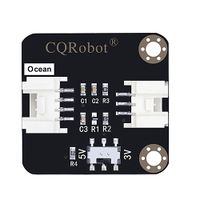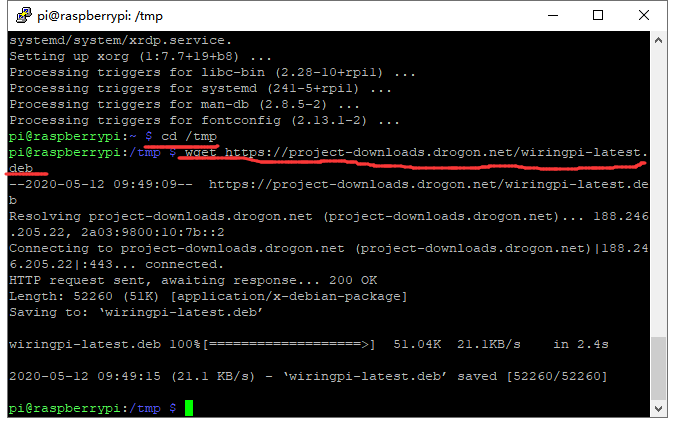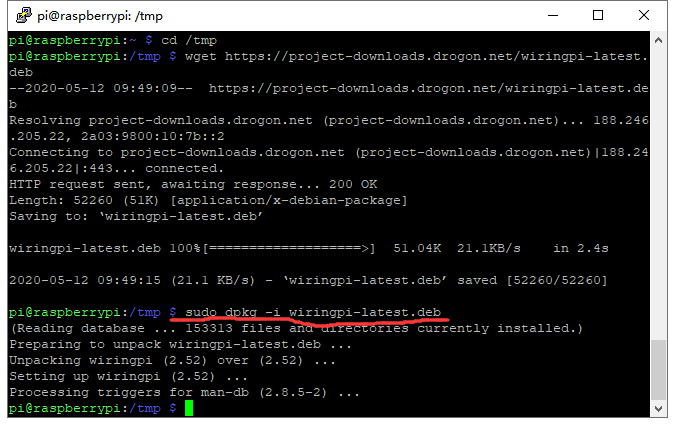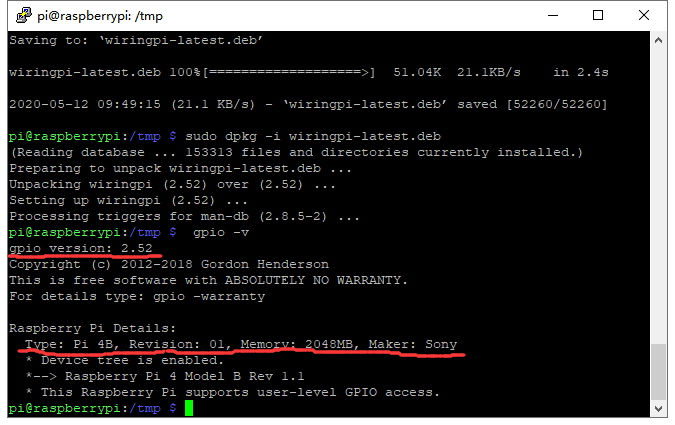Difference between revisions of "Contact Water/Liquid Level Sensor SKU: CQRSENYW002"
(→Test Case) |
(→Connection Diagram) |
||
| (8 intermediate revisions by the same user not shown) | |||
| Line 10: | Line 10: | ||
---- | ---- | ||
=='''Display'''== | =='''Display'''== | ||
| − | [[image:Contact Liquid Level-1.jpg|thumb| | + | [[image:Contact Liquid Level-1.jpg|thumb|1000px| center]] |
---- | ---- | ||
| Line 42: | Line 42: | ||
=='''Circuit Diagram'''== | =='''Circuit Diagram'''== | ||
| − | [[image:Contact Liquid Level-2.jpg|thumb| | + | [[image:Contact Liquid Level-2.jpg|thumb|1000px| center]] |
---- | ---- | ||
=='''Connection Diagram'''== | =='''Connection Diagram'''== | ||
| − | [[image:Contact Liquid Level-3.jpg|thumb| | + | [[image:Contact Liquid Level-3.jpg|thumb|1000px| center]] |
{|- | {|- | ||
| − | [[image:Contact Liquid Level-5.jpg|thumb| | + | [[image:Contact Liquid Level-5.jpg|thumb|1000px| center]] |
| + | ---- | ||
| + | =='''Sample Code'''== | ||
| + | [[Media:sample_code_for_Arduino2.zip|Sample Code for Arduino]] | ||
| + | |||
| + | [[Media:sample_code_for_RaspberryPi.zip|Sample Code for RaspberryPi]] | ||
---- | ---- | ||
=='''Test Case'''== | =='''Test Case'''== | ||
| − | [[image:Contact Liquid Level-6.jpg|thumb| | + | [[image:Contact Liquid Level-6.jpg|thumb|1000px| center]] |
| − | --- | + | ---- |
| + | |||
==Prepare for RaspberryPi== | ==Prepare for RaspberryPi== | ||
Before testing of RaspberryPi,you must install the lastest WringPI tool. | Before testing of RaspberryPi,you must install the lastest WringPI tool. | ||
| Line 82: | Line 88: | ||
[[File:LLS_4.PNG]] | [[File:LLS_4.PNG]] | ||
| − | |||
| − | |||
| − | |||
| − | |||
| − | |||
| − | |||
Latest revision as of 02:33, 21 June 2021
Contents
Description
CQRobot Contact Water/Liquid Level Sensor, This is a photoelectric water liquid level sensor that is operates using optical principles. The advantages of this photoelectric water liquid level sensor are good sensitivity and no need for mechanical parts - meaning less calibration! The corrosion resistant probe is easily mounted and can handle high temperature and high pressure.
This sensor probe is small in size and has a structure that can be placed up, down, laterally, and diagonally in multiple orientations to detect solution spillage, dryness and horizontal level. Can be used as a reminder and alarm function. Built-in emitter diode and phototransistor for long life. The live parts are completely isolated from the controlled liquid, and there is no safety hazard. Connect the sensor's 3-Pin cable directly to the microcontroller, such as the Arduino motherboard, and the signal terminal (Green Line) collects digital signals to determine if the sensor senses liquid. At the same time, the sensor is compatible with the Raspberry Pi motherboard, we provide the corresponding Raspberry Pi connection method and test code.
The sensor has a DIP switch. The DIP switch controls the output voltage (High Level) of the signal terminal (Green Line). When the DIP switch is dialed to 5V, the high level is 5V. When the DIP switch is dialed At 3V, the high level is 3.3V. The sensor detects that the liquid signal end (Green Line) is high and does not detect that the liquid signal end (Green Line) is low.
Note: Avoid placing the sensor near bright lights or in direct sunlight as these can cause interference.
Display
Specification
Sensor Specifications
- Type: Photoelectric Level Switch
- Power Supply Voltage: DC 5V
- Output Current: 12 (mA)
- Working Temperature: -25 Degree Celsius to +105 Degree Celsius
- Low Level Output: Less Than 0.1V
- High Level Output: 3.3V or 5V (Dial Switch Control)
- Liquid Level Detection Accuracy: Plus/Minus 0.5mm
- Material: PC
- Measuring Range: NO Limit
- Life: 50,000 Hours
- Scope of Application: Water Level Control and Protection of Electrical Products
- Probe Line Length: 50cm
- Dimension: 35mm * 36mm
- Mounting hole size: 3.0mm
Ocean interface Cable Specifications
- Cable Specifications: 22AWG
- Material: Silicone
- Length: 21cm
- Withstand Voltage: Less Than 50V
- Withstand Current: Less Than 1000MA
- Line Sequence: Black-Negative Power Supply, Red-Positive Power Supply, Green-Signal









